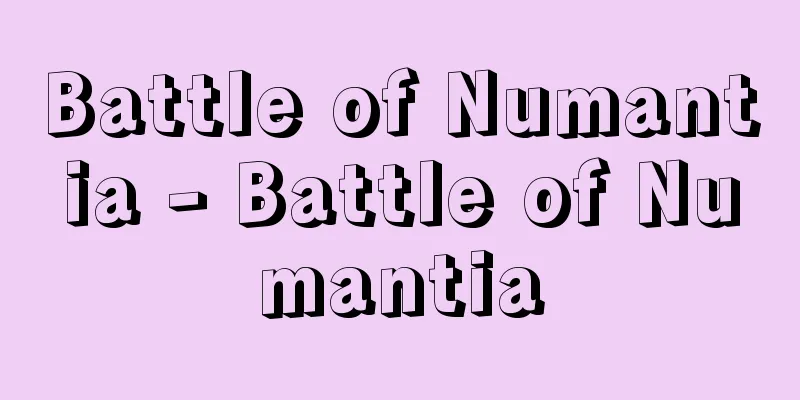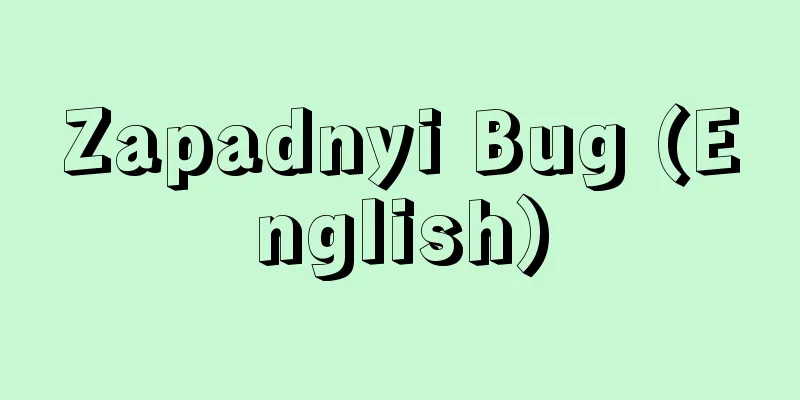I'm sorry for cutting it off

|
During the Edo period, this was one of the status privileges of samurai. It allowed cutting and killing commoners who had been disrespectful, i.e., permission for disrespectful killings. This was also permitted in various feudal domains, but the shogunate codified precedents in the articles on murder and assault in the "Kujikata Osadamegaki," which stated that if a townsman or peasant committed an unlawful act such as making outrageous remarks, a samurai who was forced to cut and kill them would not be held criminally responsible, even if they were a low-ranking foot soldier or other such person. The circumstances had to be clear, so the presence of witnesses was essential. Perpetrators who met these requirements and had a clear identity would not be given a formal trial. Source: Heibonsha World Encyclopedia, 2nd Edition Information |
|
江戸時代,武士の有した身分的特権の一つ。無礼におよんだ庶民を切害すること,すなわち無礼討の許容である。諸藩でも認められたが,幕府は《公事方御定書》の殺人・傷害の条項中に先例を成文化し,町人・百姓が法外の雑言など不届きな行為に出た場合,やむをえずこれを切り殺した武士は,たとえ足軽などの軽輩であれ,刑事責任なきものとした。事情分明でなければならず,したがって目撃者の存在は欠かせなかった。これらの要件を満たし,身元定かな加害者には,正式な裁判も行われない。
出典 株式会社平凡社世界大百科事典 第2版について 情報 |
Recommend
Kimi Shigure - Kimi Shigure
A type of Japanese confectionery. It is made by kn...
Youth culture
It refers to a subculture formed by adolescents se...
Mori Conzern - Mori Conzern
One of the new zaibatsu that emerged in the early...
Revolutionary calendar (English spelling)
Also known as the Republican calendar. This calend...
Pharyngeal fricative
…rouge [ʁuːʒ]〈red〉. (i) Pharyngeal fricatives are...
Some companies - Kisha (English spelling) Jǐ shè
A literary society founded in the Huating Pavilion...
Curry Straits - Curry Kaikyou
Same as "Straits of Dover". Source: Abou...
Lee Ki-young
Korean novelist. After graduating from a private ...
Quechua - Quechua (English spelling)
Quechua-speaking people who live in the Andes Mou...
Triangle - Sankakukei
A figure consisting of three points that are not ...
Kanninki - The Chronicle of Patience
A book of Kana Zoushi (Japanese Scriptures). Eight...
Bibiena, Alessandro (English spelling) BibienaAlessandro
…the Galli da Bibiena family was an Italian famil...
Kemble, F.
…English actor. He was a member of a famous famil...
Kanto-ni
〘Noun〙 = Kanto-daki (Kanto stew) ※Miscellany・Ohana...
The Satsuma Rebellion
In 1877 (Meiji 10), Kyushu samurai, centered arou...









